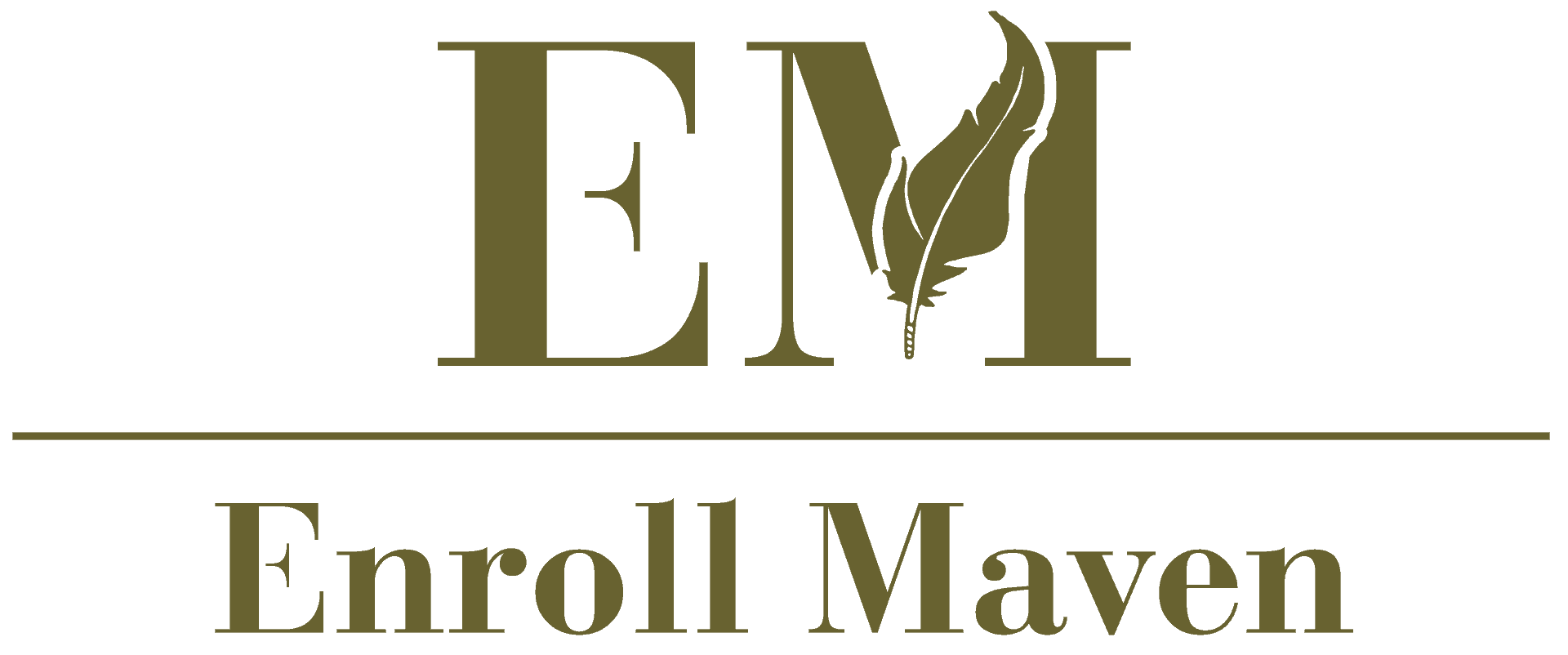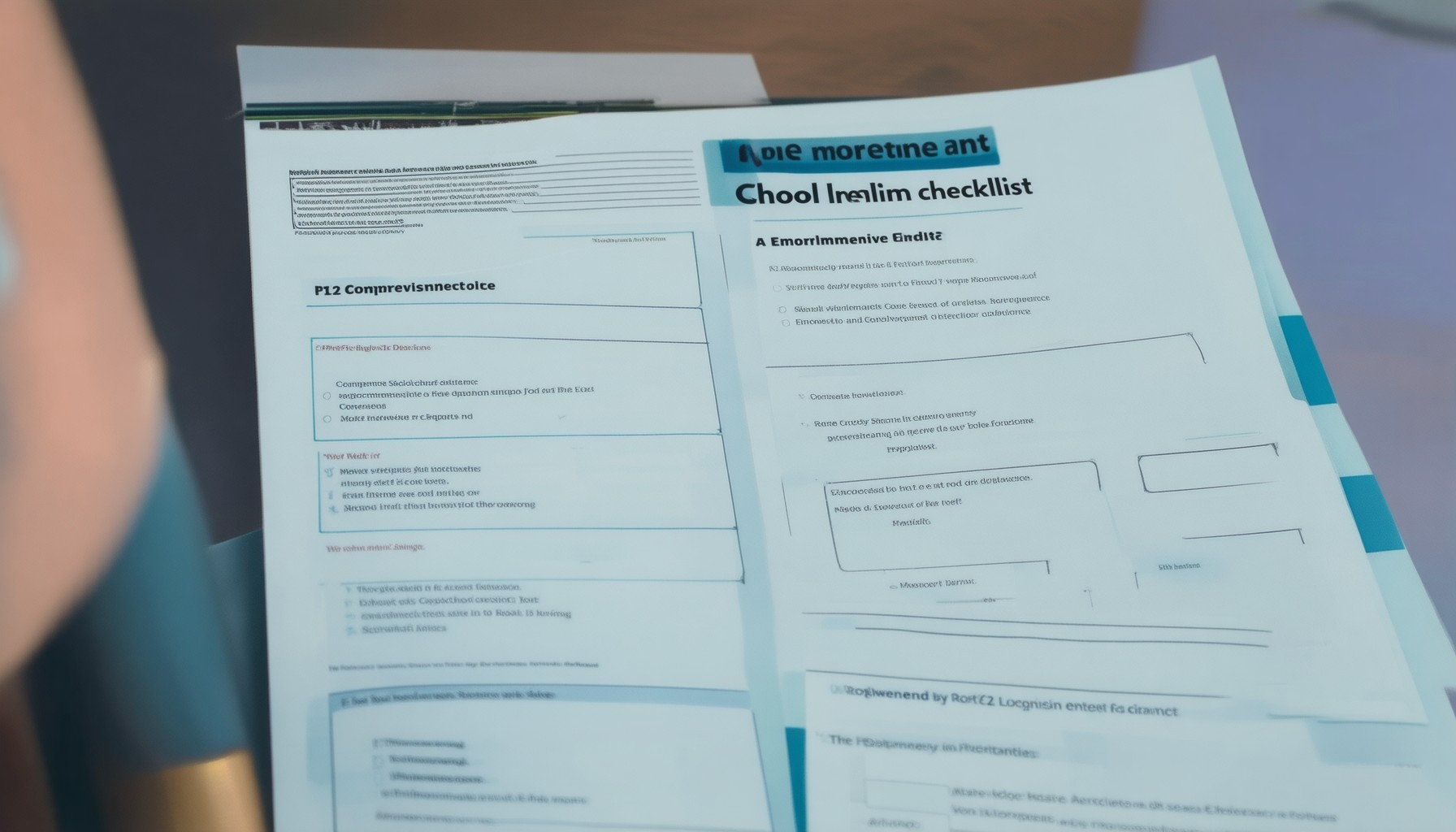To embark on the journey of K12 enrollment, parents often encounter a maze of requirements and documents that can feel overwhelming. A well-crafted school enrollment checklist can serve as your compass, guiding you through the complexities of proving residency, meeting immunization standards, and ensuring all legal and logistical aspects are addressed. Whether you’re enrolling a kindergartener or a high school senior, this comprehensive guide will walk you through the essential steps to streamline the process and minimize stress. From understanding the necessary proofs of enrollment to exploring online learning options and financial aid opportunities, this checklist covers every angle to ensure a seamless transition into the next chapter of your child’s educational journey. By adhering to the checklist, you’ll not only meet all requirements but also foster a smooth and organized experience for both you and your child.
What Counts as Proof of School Enrollment?
- Transcripts: An official transcript from the school listing the student’s grades, courses, and enrollment status.
- Diploma: The actual diploma awarded by the school upon graduation, serving as confirmation of successful enrollment and completion.
- Enrollment Verification Letter: A letter or document issued by the school confirming the student’s current enrollment status, often including details like the student’s ID number and enrolled semester.
- Class Schedule: A copy of the student’s class schedule showing the courses they are currently enrolled in.
- Tuition Payment Receipt: A receipt from the school showing that tuition or fees have been paid, indicating active enrollment.
- Student ID Badge: A photo ID issued by the school, sometimes bearing enrollment information.
- Academic Record: A record of academic performance, including grades and coursework, that verifies enrollment.
- Email Confirmation: An email from the school confirming enrollment, which can be printed or presented as proof.
- Enrollment Portal Access: Login confirmation from the school’s online portal, which provides access to enrollment-related information.
What is an Enrollment Checklist?
An enrollment checklist is a comprehensive guide used by students to organize and track the necessary steps required for enrolling in a school, college, or university program. It helps streamline the admission process, ensuring all required documents, applications, and payments are completed on time.
Here’s a detailed breakdown of what an enrollment checklist typically includes:
- Application Materials
- Official transcripts of previous education
- Test scores (if required by the institution)
- Recommendation letters (if applicable)
- Application form
- Resume or CV (for graduate programs)
-
Financial Preparations
- Proof of finances (bank statements, scholarship letters, or family income proof)
- FAFSA application (for U.S. students applying for federal aid)
- Tuition payment plan or deposit receipt
-
Academic Planning
- Course schedule or major declaration
- Registration forms
- Any prerequisites or required courses
-
Health and Immunization Records
- Immunization records (for specific schools or programs)
- Health clearance forms (if required)
-
Residency Verification
- Proof of residency (if applicable)
- Residency questionnaire or affidavit
-
Additional Documents
- Driver’s license or state ID
- Social Security card
- Passport (if international student)
- Work experience verification (if relevant)
By following this checklist, students can efficiently navigate the enrollment process and ensure all necessary steps are completed accurately and on time. For more detailed guidance, visit Enroll Maven to explore tailored resources and checklists for various educational levels.
How to Project School Enrollment
To project school enrollment, follow these organized steps:
- Gather Historical Data : Collect enrollment figures for the past several years to establish a baseline for comparison.
- Analyze Trends : Examine patterns in enrollment numbers to identify increases, decreases, or stabilizations over time.
- Consider Demographic Factors :
- Evaluate population changes in the school district.
- Assess birth rates and immigration trends affecting the area.
- Review local economic conditions, such as unemployment rates and household income levels.
- Utilize Grade Progression Ratios (GPR) : Analyze how many students advance from one grade to the next to forecast future enrollments.
- Apply Cohort Survival Models : Track individual student cohorts to understand retention rates and graduation patterns, enabling predictions for future classes.
- Account for Economic Factors : Consider how economic shifts may influence enrollment decisions, such as job availability and family financial stability.
- Leverage Technology Tools : Use specialized software for predictive analytics to automate calculations and enhance accuracy.
- Communicate Projections : Share findings with stakeholders like teachers, parents, and administrators to aid in preparation and resource allocation.
By combining historical data, trend analysis, and demographic insights, schools can accurately project enrollment numbers, ensuring readiness for upcoming academic years. For further reading, explore Enroll Maven’s guide on data-driven forecasting and technology integration in K-12 education .
Proof of Address Requirements for Enrolling a Child in NYC Schools
To enroll a child in a NYC public school, you must provide proof of residence. Here are the acceptable forms:
- Lease Agreement/Rental Contract : A copy of the lease or rental agreement showing the student’s name and address.
- Utility Bill : A recent utility bill (electricity, water, etc.) that includes the student’s name and address.
- Property Tax Bill : For homeowners, a property tax bill reflecting the current address of residence.
- Deed Record : For homeowners, a recorded deed proving ownership of the property.
- Driver’s License : A copy of the driver’s license that lists the student’s current residential address.
- Bank Statement : A recent bank statement showing the student’s name and current residential address.
Proof of Child Residency
Child residency can be proven through various official documents that establish the child’s connection to a specific household. Here are some commonly accepted forms of proof:
- Birth Certificate : The original or certified copy of the child’s birth certificate typically serves as primary evidence of residency.
- Adoption Papers : For children born through adoption, adoption papers or legal documents establishing parental rights can be used.
- School Records : Current school enrollment records, including attendance records, often include residential information.
- Medical Records : Recent medical records from a healthcare provider may list the child’s residence or parental contact information.
- Government Benefits Documentation : Documents from government-assisted programs (e.g., food stamps, housing assistance) may include residency verification.
- Legal Documents : Court-ordered documents regarding custody or guardianship can also establish residency.
- Rental Agreements : A signed rental agreement or lease contract may provide proof of the family’s residential address.
- Utility Bills : Recent utility bills (electricity, water, etc.) often list the address where services are delivered.
- ImmunIZATION RECORDS : While not solely proof of residency, immunization records may complement other documentation by showing the child’s address of record.
When submitting documents, ensure they are current and match the requirements specified by the organization or agency you are working with. Keep copies of all submitted materials for your records.
Why Does the School Need a Birth Certificate?
The school requires a birth certificate for several important reasons:
- Age Verification:** Schools need to confirm a student’s age to determine their grade level and ensure they are eligible for certain programs or activities.
- Legal Compliance:** Birth certificates serve as official documentation, which can be necessary for various administrative and legal purposes within the school system.
- Record Keeping:** Maintaining accurate student records is crucial, and a birth certificate provides a reliable source of information for registration and tracking.
- Immigration Purposes:** In some cases, schools may need to verify a student’s residency status, which can be supported by a birth certificate.
- Sports and Extracurricular Activities:** Age verification is often required for participation in school sports or clubs, ensuring eligibility according to specific rules and regulations.
- Event Planning:** For school events, trips, or competitions, a birth certificate can be used as proof of age in case of disputes or emergencies.
In conclusion, the birth certificate is essential for the school to maintain accurate and compliant records, ensuring that all students meet the necessary criteria for attendance, programming, and participation in school activities.









0 Comments